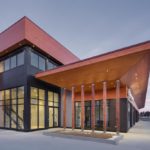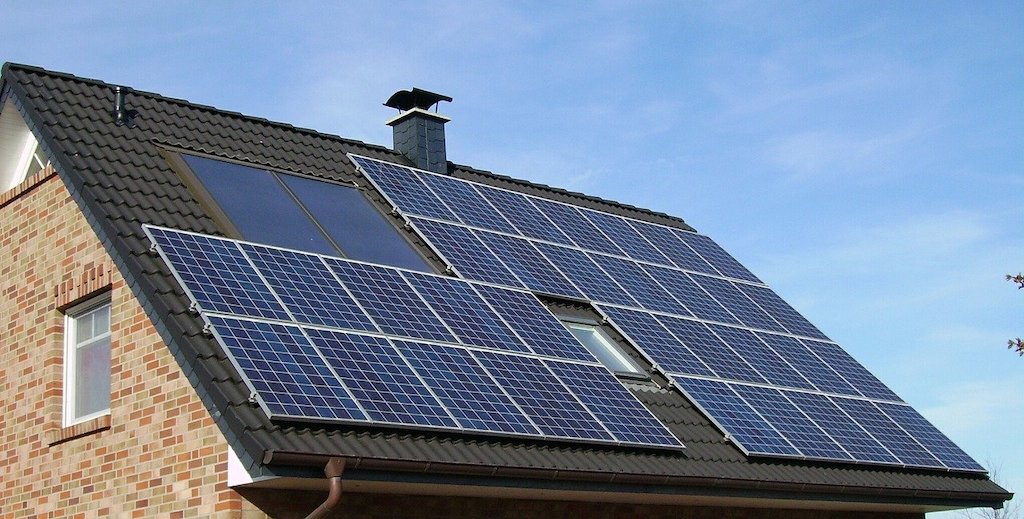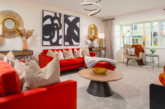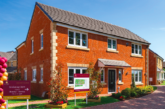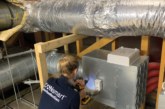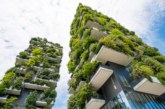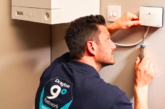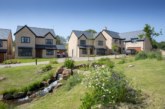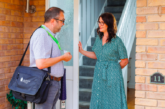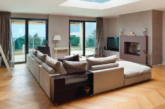Nick Cowley, Managing Director at aluminium building product supplier Endurawood, explores how developers can construct sustainable and durable new build properties.
In a survey by Home Quality Mark, over two thirds of respondents said sustainable features are important in a prospective property. For a home to be sustainable, it must have elements that lower environmental impact, but must also be built to last.
Government research has found that the UK needs to build up to 345,000 new homes per year to fulfil demand. However, with the construction and running of new homes impacting the environment, it’s important that these new homes are built with sustainability in mind.
While these homes must be produced quickly and sustainably, housebuilders must not compromise quality. Therefore, property developers must examine new build features that both lower the environmental impact of a home and increase its lifespan.
It’s important to build with high energy efficiency in mind to lower the home’s future energy requirements. Any appliance installed into the home should have at least an A energy rating. Energy efficiency can be further increased by ensuring all bulbs used are light emitting diode. LED bulbs can save up to 90 per cent of energy compared to traditional bulbs, as well as lasting ten times longer.
Another way to boost home energy efficiency is to install energy efficient windows and doors. Double glazed windows and doors that are well sealed trap heat inside and keep rain and wind out. This weatherproofing increases the durability of the house by protecting it from damage. In particular, composite doors have extra thickness, which provides even more durability.
Cladding
Exterior cladding adds an extra protective layer to the home to shield it from the weather elements. This layer can provide additional insulation to the building, while also improving its appearance by adding a unique, high quality look.
In this area, and when considering all types of building material, it can be harder to strike a balance between environmentally friendly and long lasting. For example, wood is a natural material choice but can have durability issues, as it is susceptible to rotting, warping and insect infestation.
A more durable material choice is aluminium, which also has environmental benefits. Aluminium’s ability to be melted and reformed without any loss in quality means it has a high recycling rate, and the process only requires 5% of the initial energy consumed to create it.
Fortunately, the exceptional properties of aluminium can be combined with the traditional aesthetics of wood. Endurawood is an aluminium building material with a woodgrain finish, which is100% recyclable and uses volatile organic compound free coatings and lead-free finishes.
Furthermore, the material is non-warping, corrosion resistant, non-porous, and frost resistant, proving a weatherproof material. It’s also insect proof and stain and scratch resistant, displaying ultimate durability.
Endurawood cladding is a tongue and groove system with extra components included to easily manoeuvre around windows, corners and joints. Cladding extrusions come in lengths up to seven meters to ensure large areas can be covered. The cladding is available in a range of woodgrain colours, as well as many solid colours, to ensure you can find the perfect complementary look to your new build style.
While many house buyers are looking for environmentally friendly features, they also want homes that are built to last. To satisfy both sustainability and durability requirements, property developers should carefully consider the home’s surroundings, energy efficiency and building materials. By building with the future of both the property and environment in mind, homes can be created that are beneficial for all.

